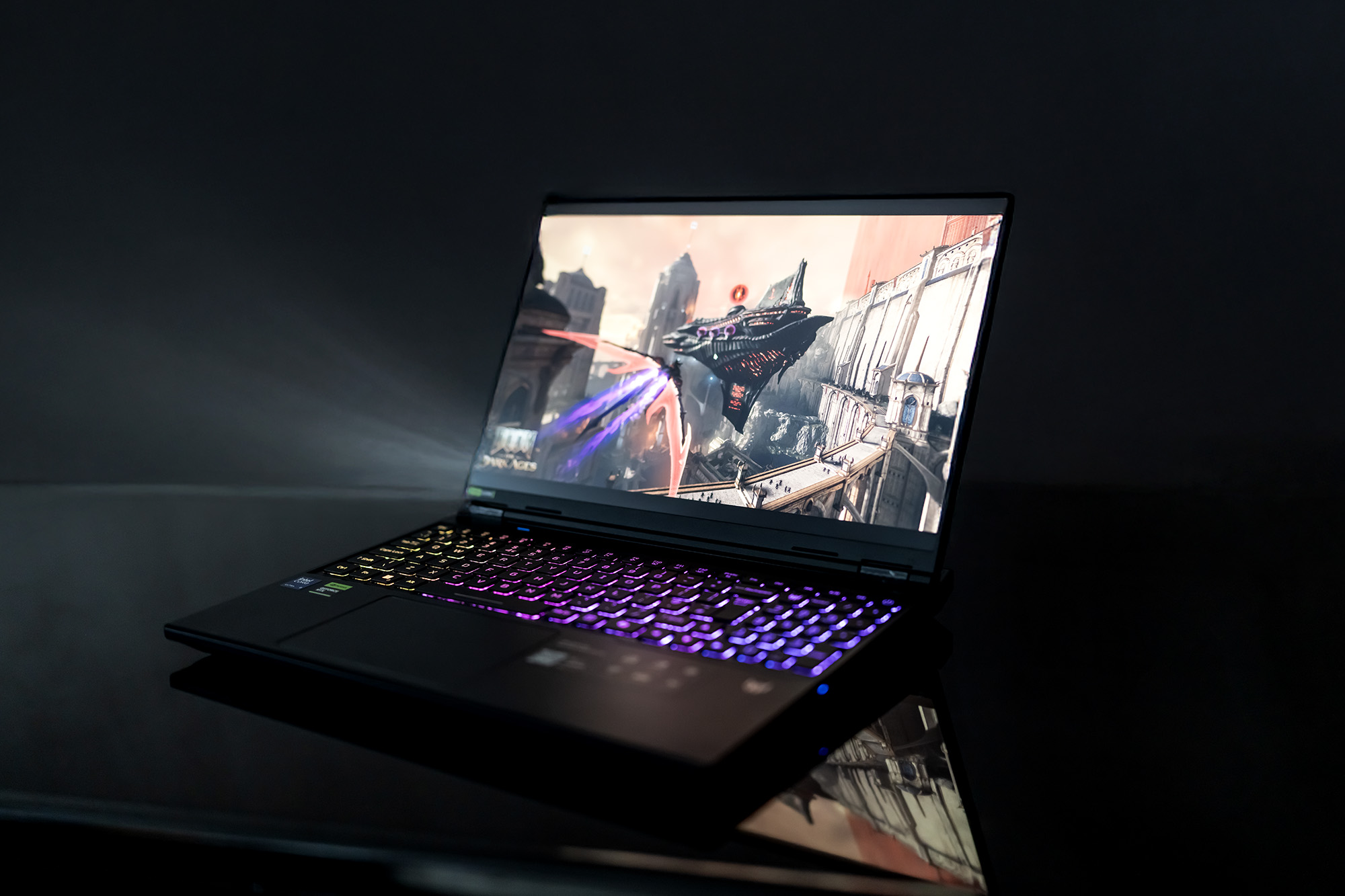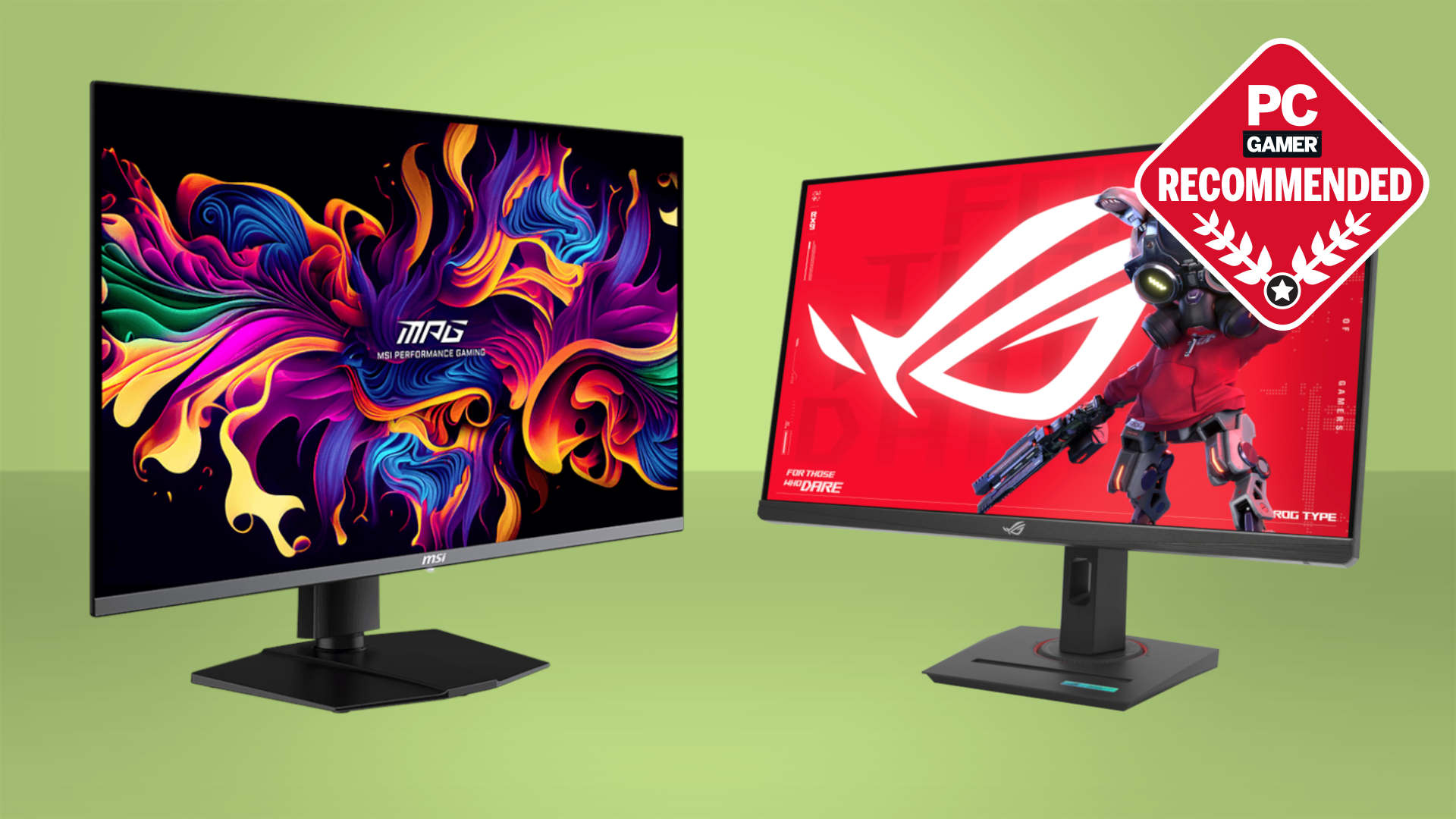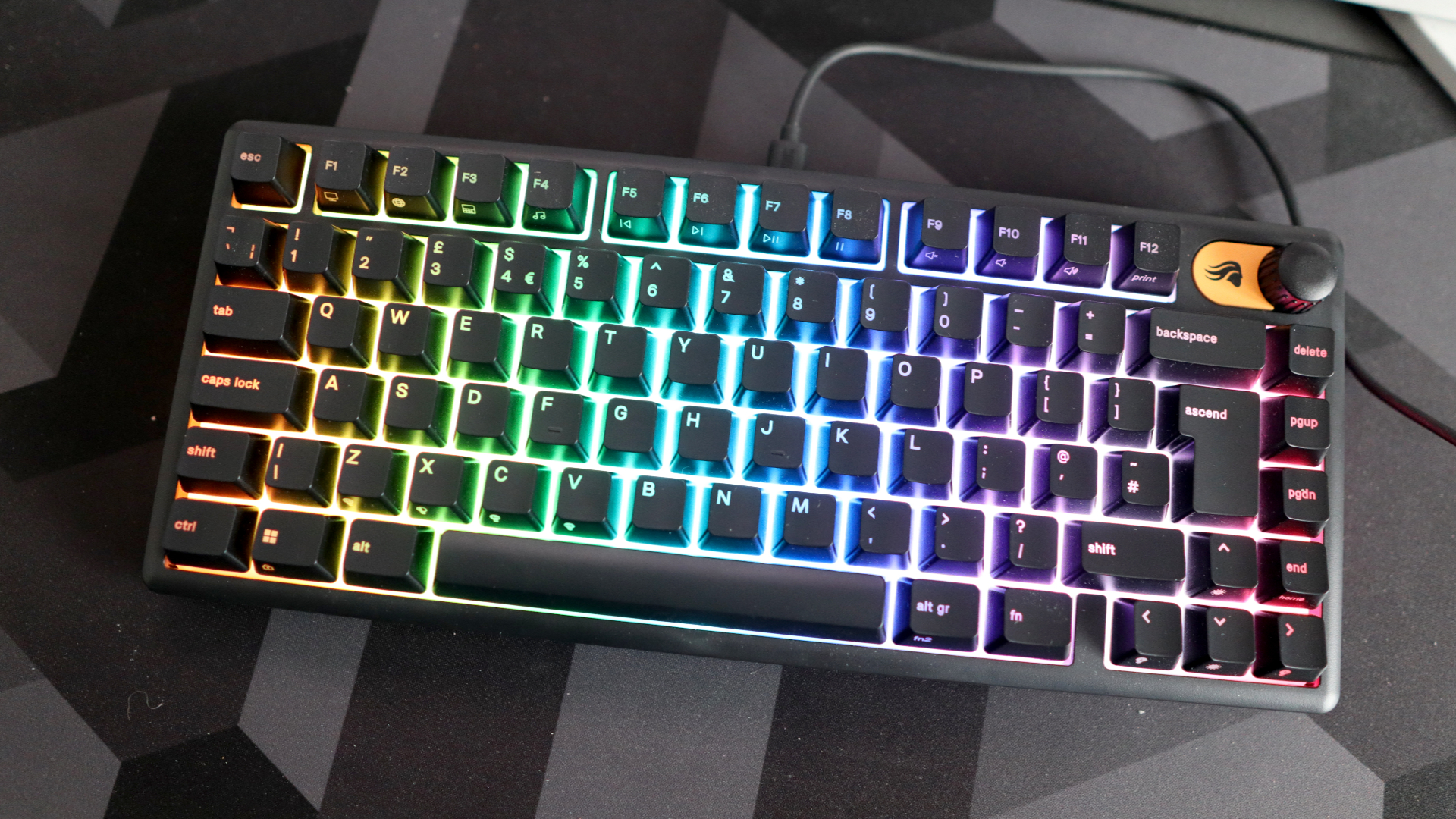Our Verdict
A relative bargain among today's top-end gaming laptops, the 2025 Acer Predator Helios 16 offers solid performance and exceptional screen brightness with the usual drawbacks of running hot and having almost no battery life.
For
- Well priced
- Very bright screen
- Decent gaming performance
Against
- Low battery life
- No Thunderbolt/USB4
PC Gamer's got your back
You can turn the noise off in the BIOS. There, I've saved you a second. The Acer Predator Helios Neo AI makes a horrific sound upon startup, and you'll hear it from this gaming laptop a couple of times during setup as Windows downloads updates and restarts. The Mute button does nothing. Instead, hit F2 as it boots, enter the Advanced mode of the BIOS and choose Main, then toggle POST Animation and Sound off before hitting F10 to save and exit. You won't see the animation anyway, as the screen doesn't wake up in time, but you'll certainly hear the WOOOOOOOSH.
That aside, and apologies for sounding like a grumpy old man who doesn't need that sort of nonsense when he turns on a laptop in the morning, the Acer Predator Helios Neo 16 AI is a really nice gaming laptop. It might actually be better than the Predator Helios 18 I reviewed last year, as it's a bit more portable and weighs half a kilo less while putting out similar frame rates if you enable DLSS.
Nvidia's new multi-frame generation pushes Cyberpunk 2077's fps figure in native-res ray-tracing ultra mode well above 60. It has the same five USB ports as the Helios 18, though none of them is USB4 or Thunderbolt, but we can let that slide as for gaming laptops the extremely fast connection is less of a priority and 10 Gbps is enough to run an external SSD with your Steam library overflow on it.
One of the Type-C ports has an ambiguous little lightning bolt next to it, but this seems to be because you can charge through it—there's a large power brick that has its own plug and can put out over 200 W too. The 16-inch Helios gets a downgrade in the Wi-Fi department, though, sporting 6E to the old 18-incher's W-Fi i7.
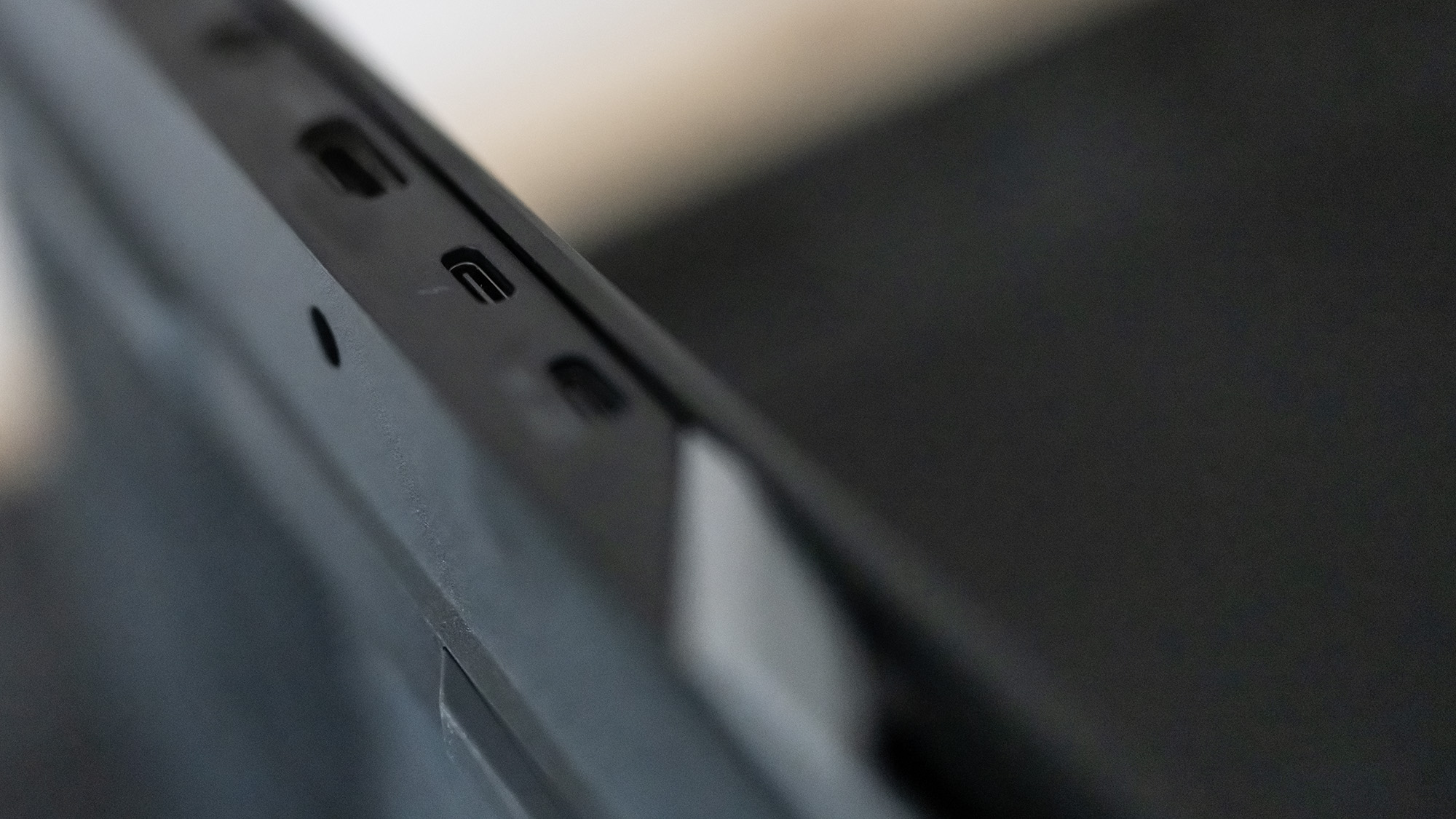
CPU: Intel Core Ultra 9 275HX
NPU: Intel AI Boost
Graphics: Nvidia GeForce RTX 5070Ti (12GB)
Memory: 32 GB DDR5-6400
Storage: 1TB SSD, MicroSD
Screen size: 16-inch
Screen type: IPS
Resolution: 2560 x 1600
Refresh rate: 240 Hz
Ports: 1x 2.5Gb Ethernet, 1x HDMI, 1x USB 3.2 Gen 1 Type-A, 2x USB 3.2 Gen 2 Type-A, 2x SB 3.2 Gen 2 Type-C, 3.5mm audio
Wireless connectivity: Wi-Fi 6E, Bluetooth 5.4
Dimensions: 24 x 366 x 275.5 mm | 1.05 x 14 x 10.8 inches
Weight: 2.7 kg | 5.95 lbs
Price: $1,800 | £1,999
The thing that will attract you most to the Predator Helios Neo 16 AI (honestly, laptop names are starting to get out of hand in the same way motherboard ones have) is the price. At $1,800(£1,999) it undercuts the Razer Blade 14 Dave had such a jorts-ripping time with as well as the Asus ROG Zephyrus G14. The sharp-eyed among you will notice that those are smaller laptops, and while the ROG sports an RTX 5070Ti, the Razer uses a plain old 5070.
It's a lot of gaming for the money, therefore, and this gives another reason to overlook the USB 3.2 ports. Eight-year-old technology at this point. It's not bothering me.
Having the Core Ultra 9 and RTX 5070 Ti, however, puts the Helios 16 AI at the cutting edge gaming-wise, and performance is pretty good, beating both the Blade 14 and ROG G14 (just) in the Time Spy Extreme synthetic benchmark.
Keep up to date with the most important stories and the best deals, as picked by the PC Gamer team.
In real games, where it actually matters, the ROG tends to pull ahead while the Blade and Helios jostle for position—Acer lists the Helios Neo as having 115W of total graphics power, the same as the Blade and slightly more than the ROG.
The tetracosa-core processor (8P, 16E, 24 threads, 5.4 GHz max turbo) is one we've seen loads of times in gaming laptops from Lenovo, MSI, HP and Asus, and Acer has jumped onto the AI bandwagon by shoving the term into the laptop's name—this isn't a Copilot+ machine, though you still get 13 TOPS of Intel AI Boost (plus the GPU for a total of over 900) if you can find a use for it.
Cooling is achieved through Acer's 5th-gen AeroBlade 3D fans, and they seem to be doing a very reasonable job, as it never got hotter than 94 °C during testing—staying cooler than the HP Omen Max 16 and the Lenovo Legion 7i Pro Gen10 but hotter than the Asus ROG Zephyrus G16. The vents at the back and sides can get hot during use, so you won't necessarily want it on your actual lap, but the fans are surprisingly well behaved considering how much heat they must be shifting.
The screen is an IPS rather than an OLED and it's fine; a 16:10, 1600p, 240 Hz panel that supports G-Sync and puts out a massive 635 nits (it can also display 99% of the DCI-P3 colour gamut, if that's the sort of thing that interests you). There's a full-size HDMI port on the back so you can hook it up to an external screen, and one of the USB-C ports does DisplayPort too. I am a big fan of putting monitor and charging connections on the back edge of the laptop casing like this, as it seems much neater than having cable spaghetti coming out the side.
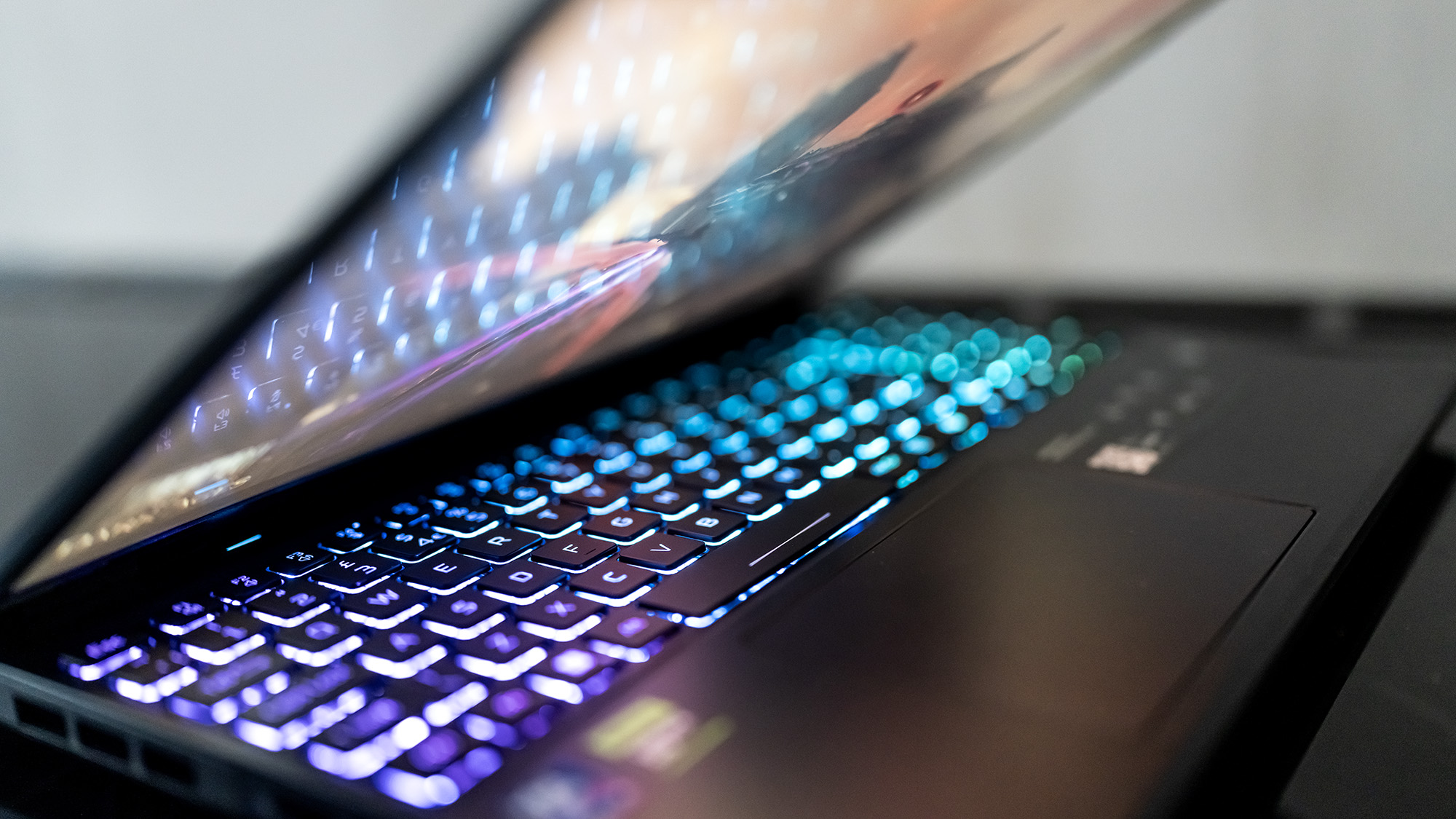
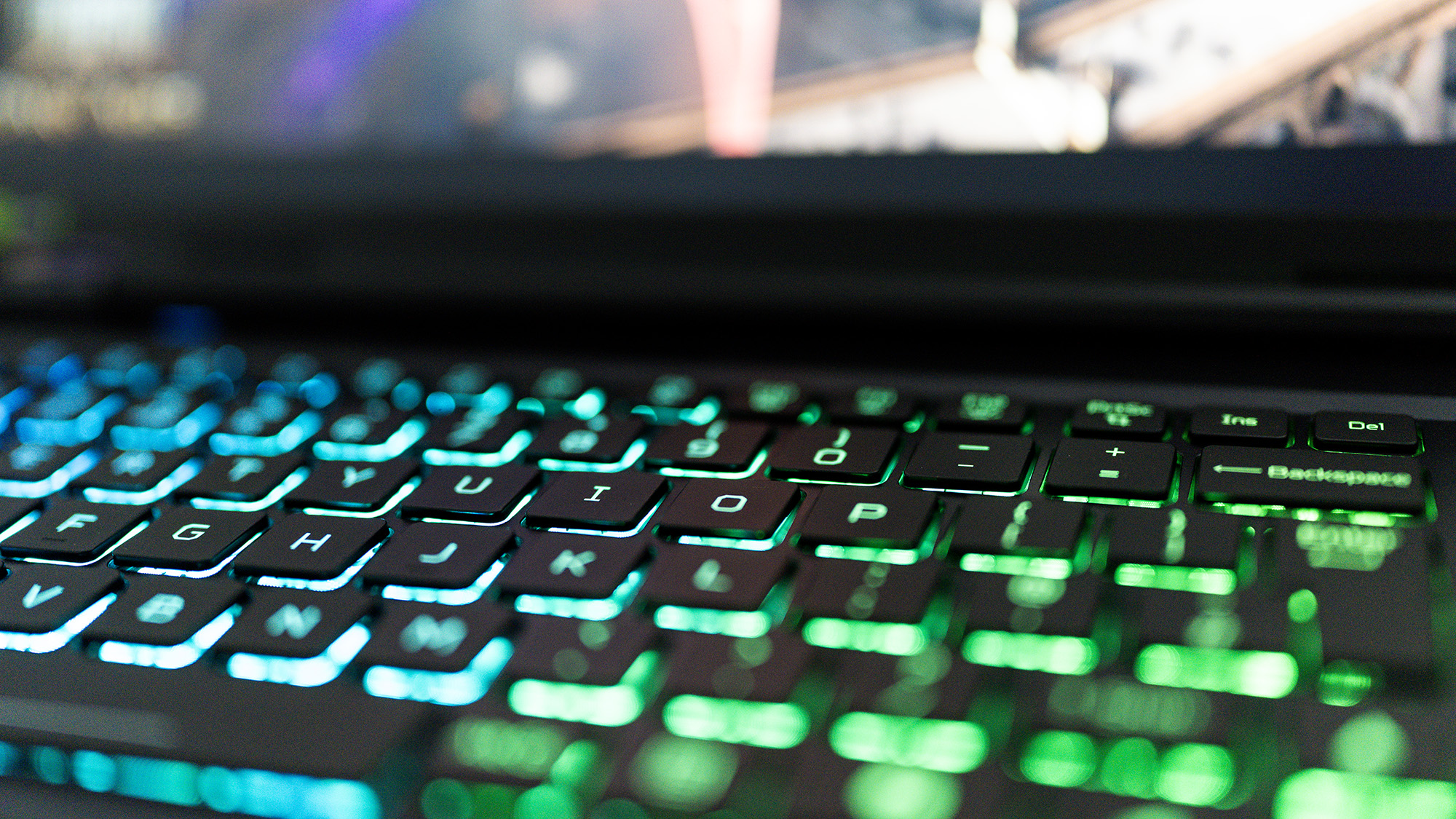
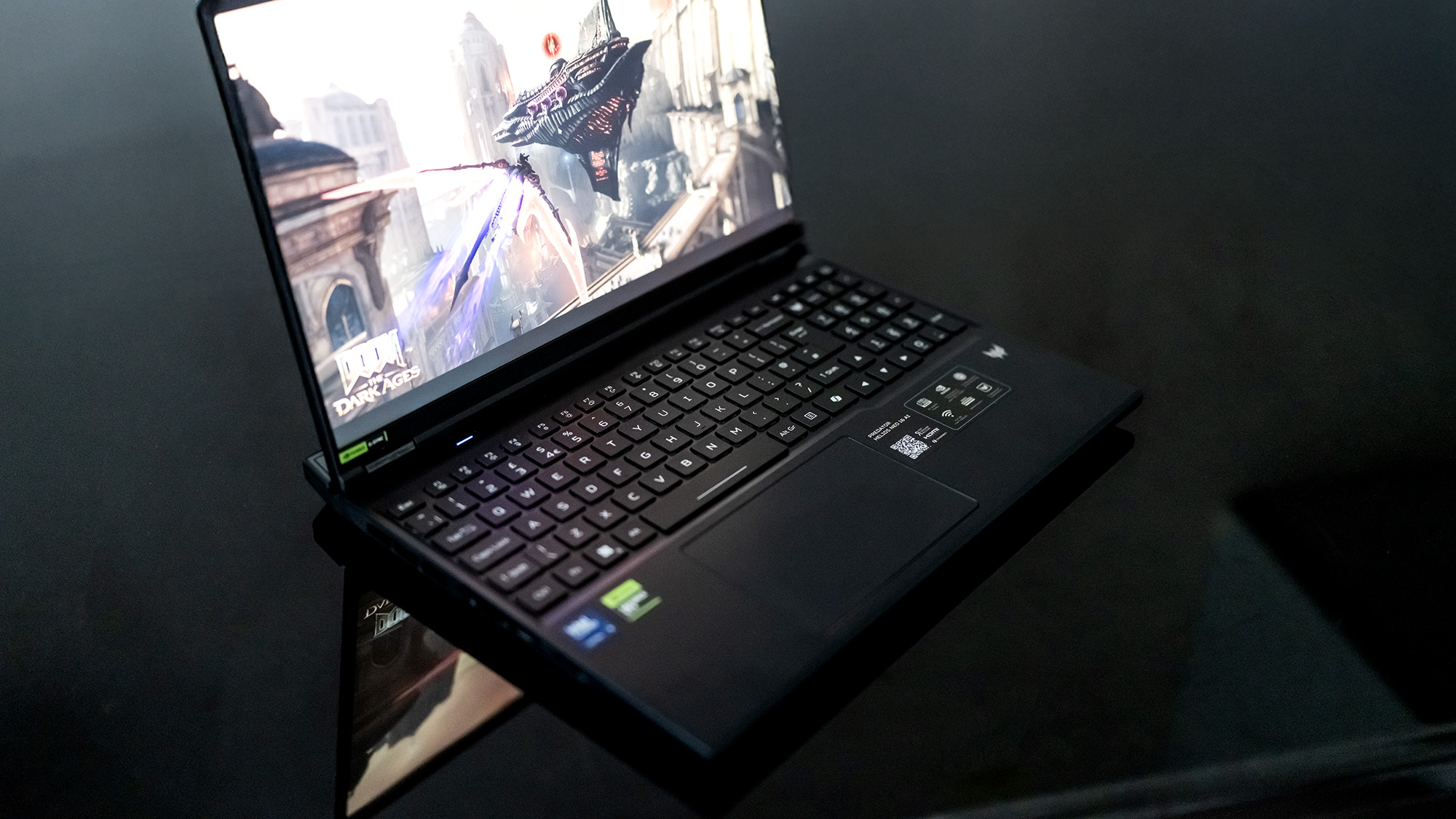
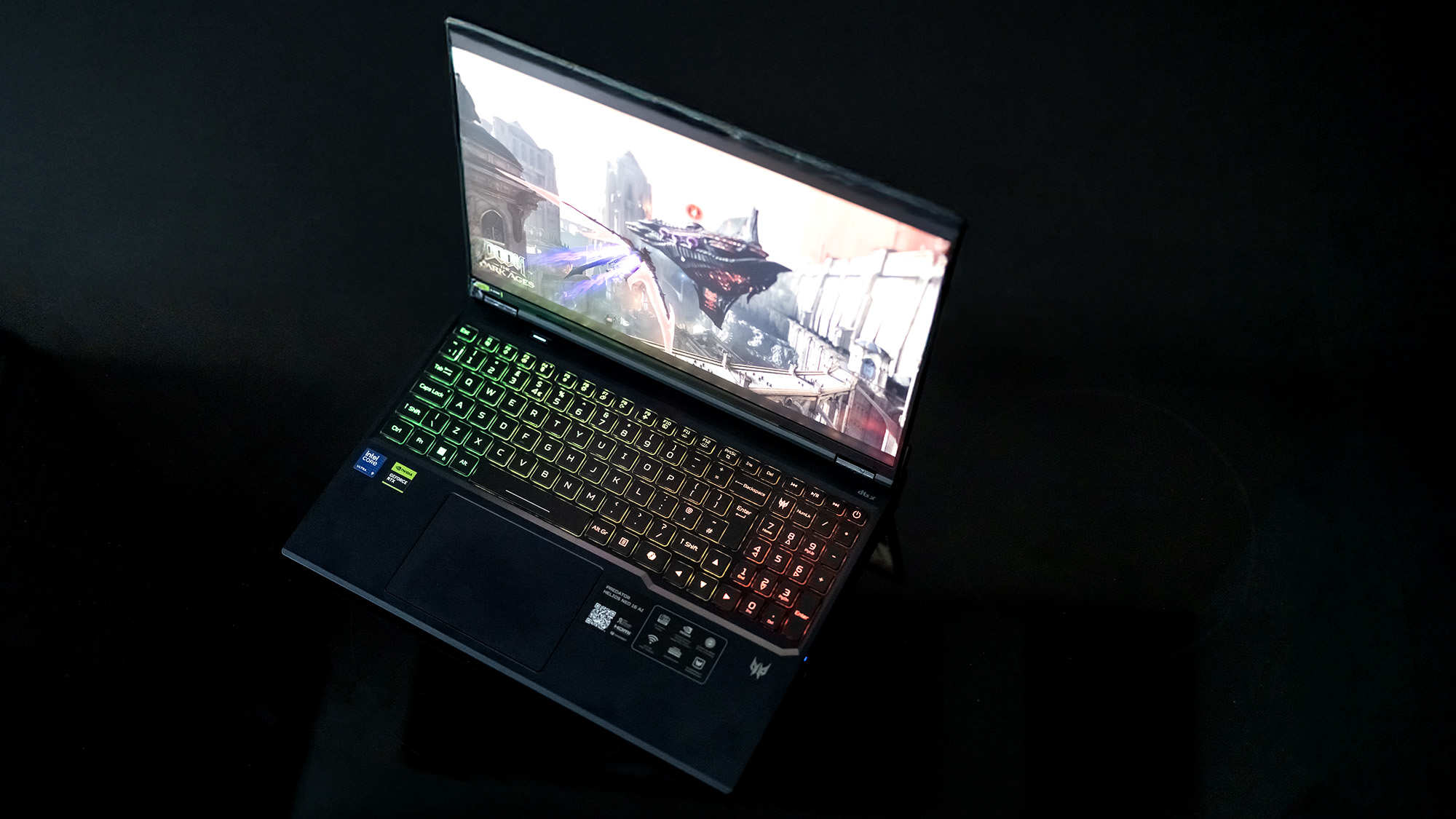
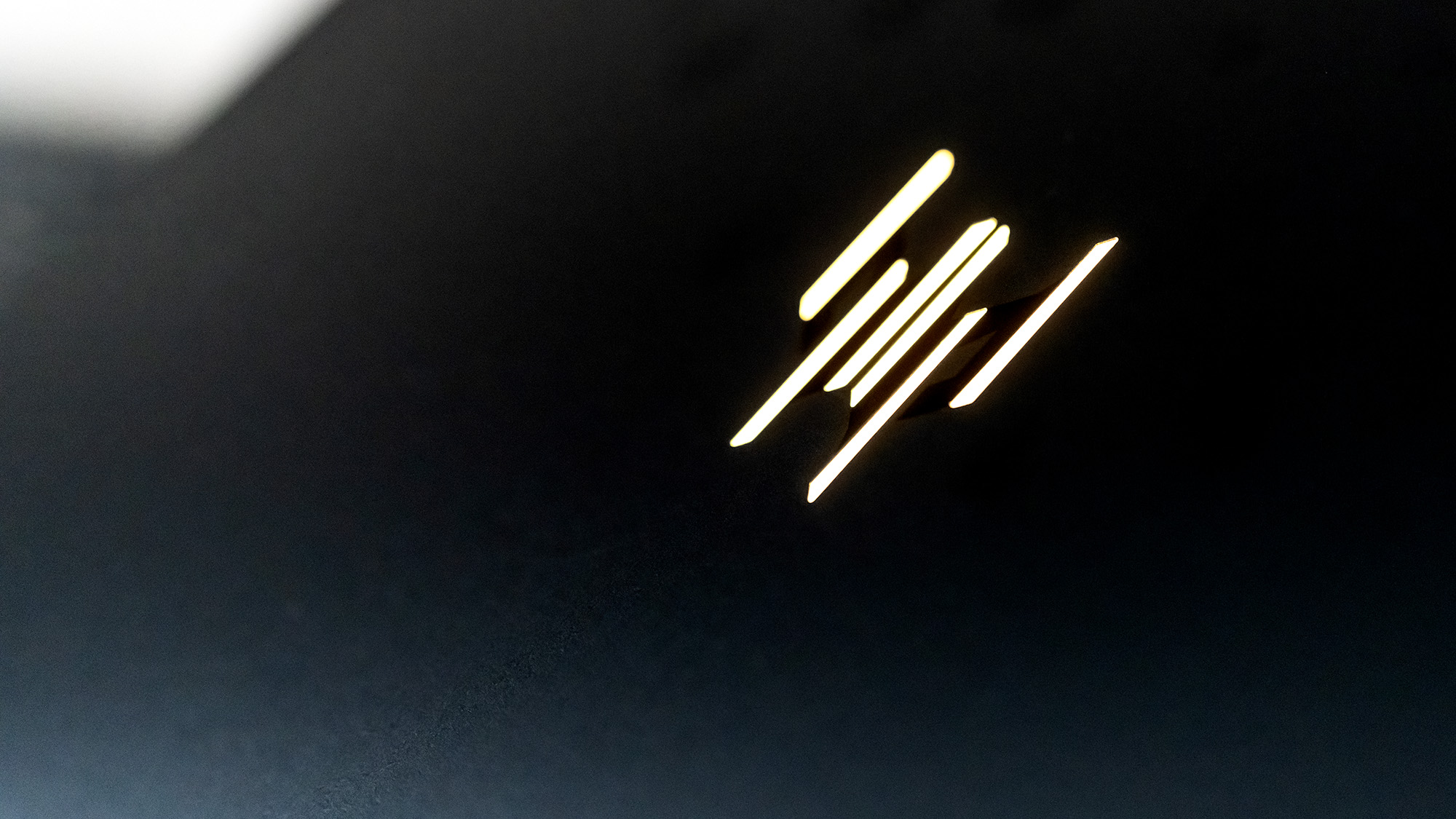
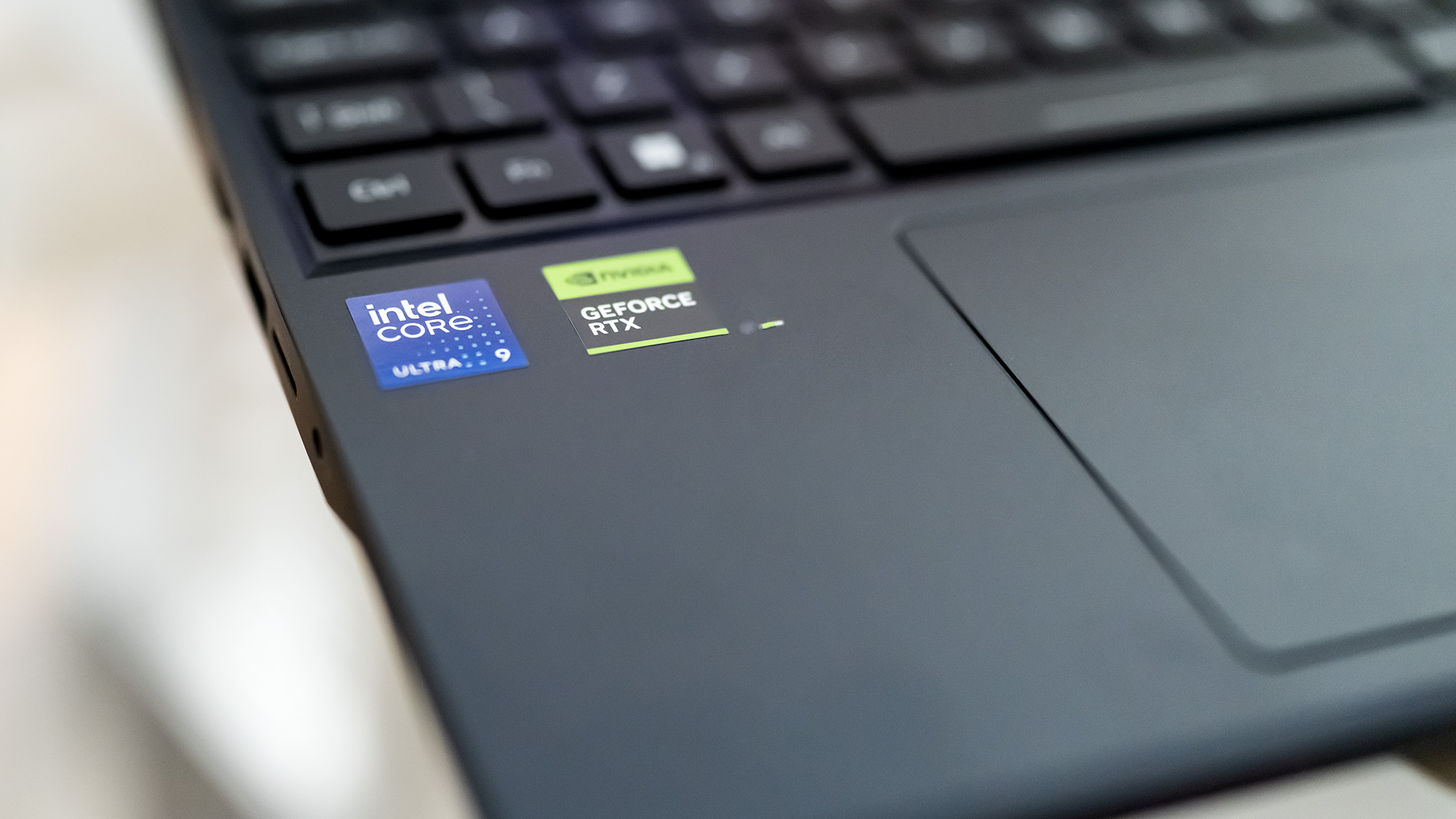
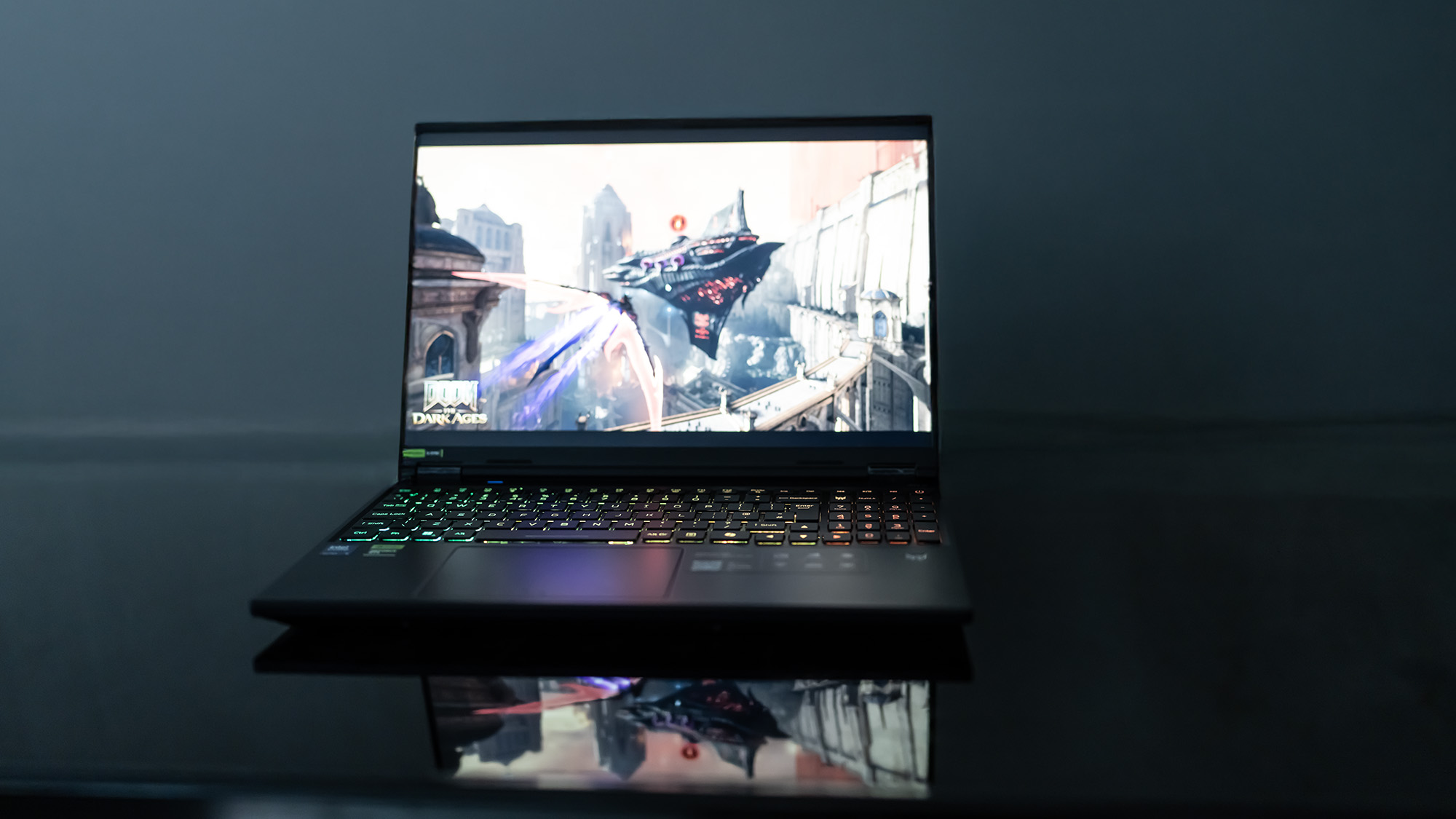
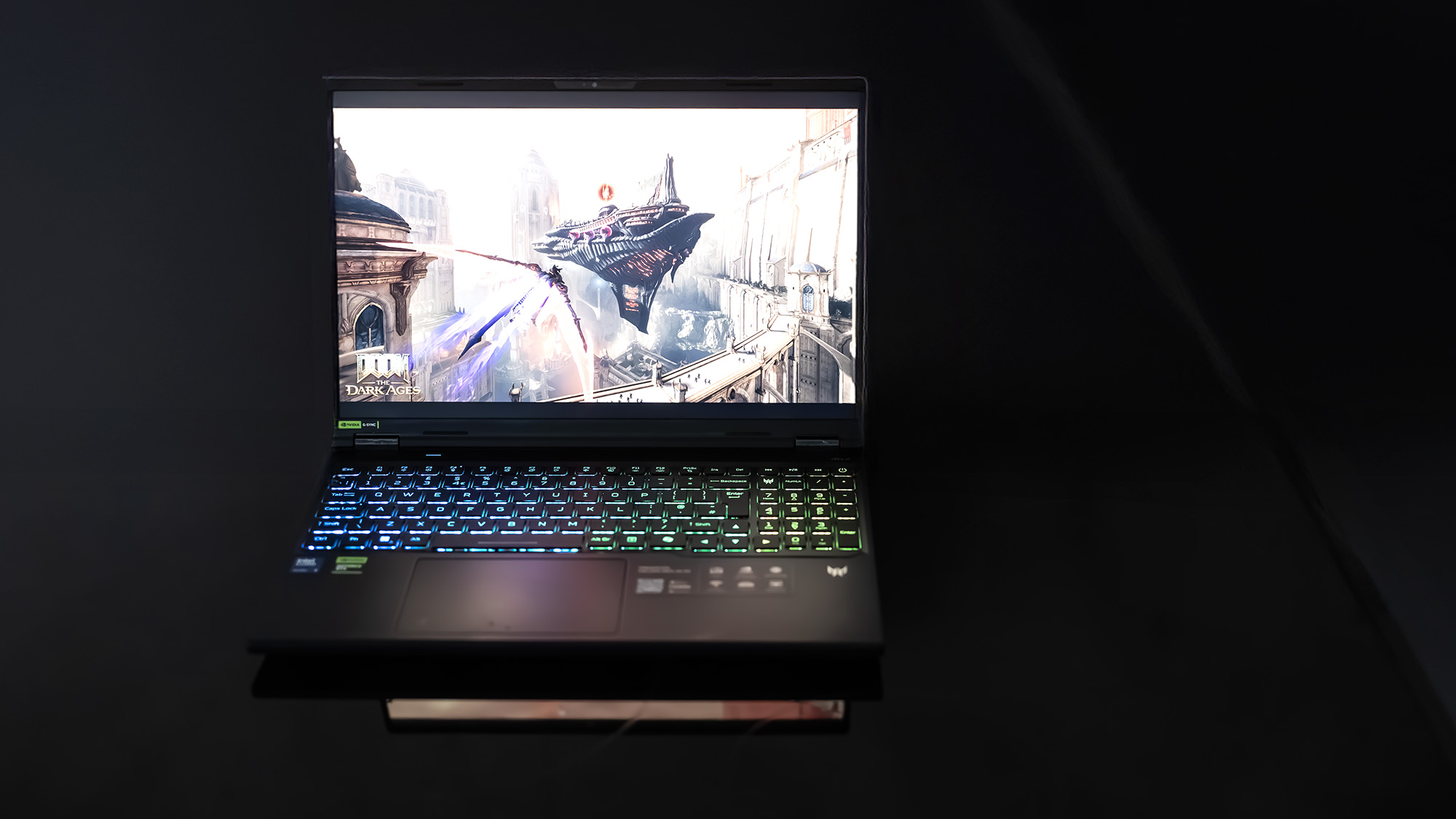
As laptops get bigger you can fit better keyboards in them, and the 16-inch Helios Neo gets a decent numpad, a shorter than average spacebar, a comically oversized Copilot key that's just asking to be hit by mistake if you fumble the left arrow, a double-height Enter and a power button in a sensible position at the top right. There are dedicated media controls, and the usual dual-use F row that works in cooperation with the Fn key. The keys have a nice amount of travel, and an RGB backlight you can control in the Predator software, which gets its own key.
✅ You're looking for a good gaming laptop at a decent price: It's that simple: Acer has hit the ground running with this one, undercutting its rivals, in a way that will be very tempting to buyers.
❌ You want the biggest screen and best specs: There's a crop of 16- and 18-inch laptops out there with more powerful video cards. Of course, you'll pay a lot more for one.
The trackpad is offset to the left and perhaps not as large as you'd expect from a 16-inch laptop, but does the job and has a nice positive click when you press down on it.
There are also some built-in speakers. They exist. As does the battery life, just about.
Acer has got pretty good at making laptops by now, having been doing it since sometime in the ‘90s, and you don't start a new Predator up expecting it to be anything less than completely competent.
And that's what we've got here. A laptop that perhaps sits at the lower end of the big frame rate graph for a RTX 5070Ti machine in some games, but which performs very respectably nonetheless. There's also no arguing with the price of this thing—buying it over more expensive competitors saves you enough cash for a new headset or gaming mouse, and that's a consideration that can go a long way when you're shopping for a new portable rig.
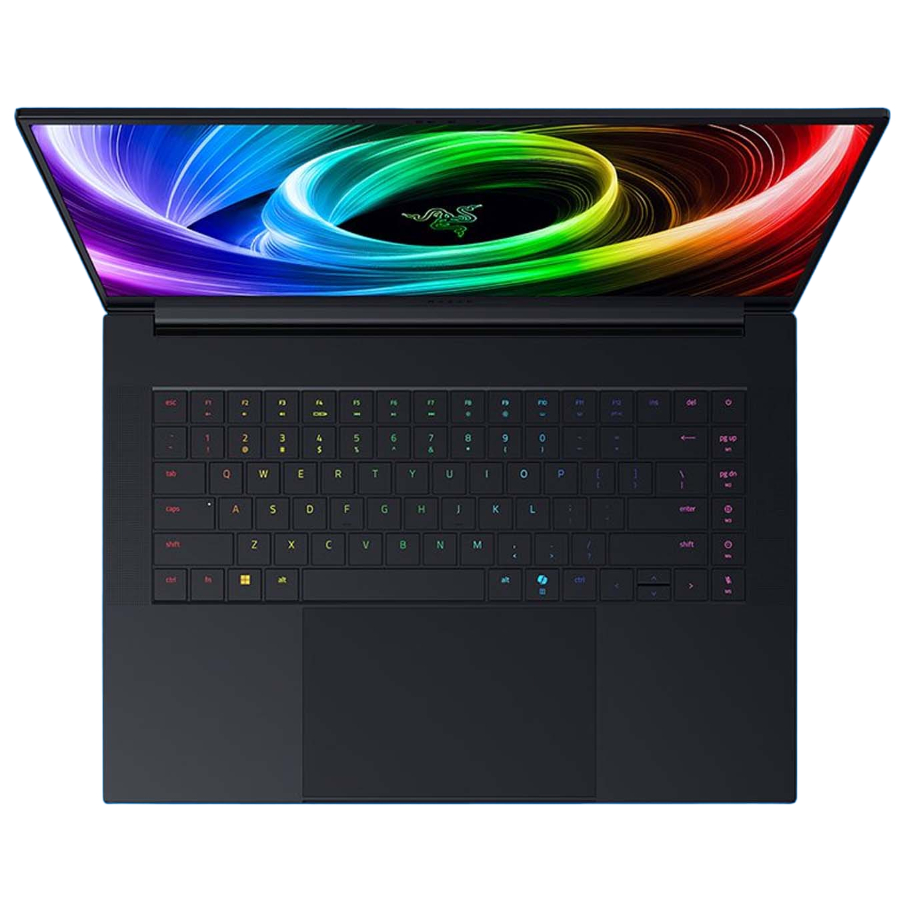
1. Best overall:
Razer Blade 16 (2025)
2. Best budget:
Gigabyte G6X
3. Best 14-inch:
Razer Blade 14 (2025)
4. Best mid-range:
MSI Vector 16 HX AI
5. Best high-performance:
Lenovo Legion Pro 7i Gen 10
6. Best 17-inch:
Gigabyte Aorus 17X
A relative bargain among today's top-end gaming laptops, the 2025 Acer Predator Helios 16 offers solid performance and exceptional screen brightness with the usual drawbacks of running hot and having almost no battery life.

Ian Evenden has been doing this for far too long and should know better. The first issue of PC Gamer he read was probably issue 15, though it's a bit hazy, and there's nothing he doesn't know about tweaking interrupt requests for running Syndicate. He's worked for PC Format, Maximum PC, Edge, Creative Bloq, Gamesmaster, and anyone who'll have him. In his spare time he grows vegetables of prodigious size.
You must confirm your public display name before commenting
Please logout and then login again, you will then be prompted to enter your display name.
